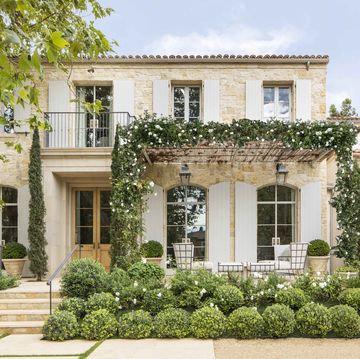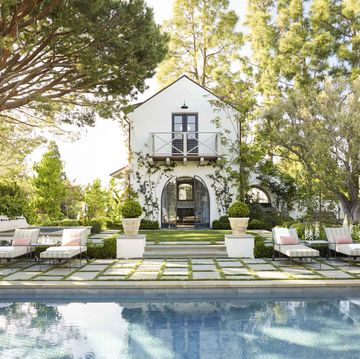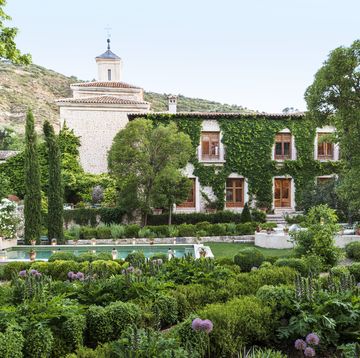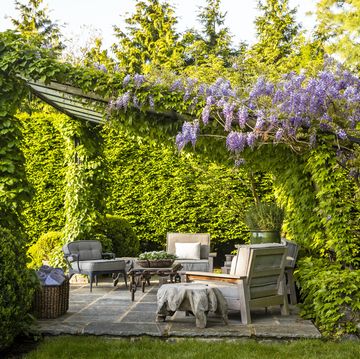Nothing quite matches the feeling of resting under the shade of an oak tree on a summer day. More importantly, according to The Nature Conservancy, trees are a valuable tool for improving public health in urban areas by reducing pollution, mitigating summer temperatures and decreasing stress levels.
And in a city like Savannah, Georgia, where there are so many beautiful oaks draped in Spanish moss, you’d think the physical and mental health benefits of urban forestry would be spread across the city, but that’s not the case. Not all Savannah neighborhoods were designed equally. The Savannah College of Art and Design engaged in a long-term project to explore the impact of trees on the environment, economy, human health and social well-being in greater Savannah.
Under the guidance of SCAD President Paula Wallace and academic leadership, students were selected to be part of a multidisciplinary team in the university’s Design for Good course, a design studio and initiative of SCAD SERVE dedicated to creating meaningful solutions that improve quality of life in four critical areas: food, shelter, clothing, and the environment. The 10-week course challenges students to generate elevated, community-centered solutions aimed at positive transformation in the university’s hometown.
More From Veranda

“SCAD has a long, proud history of loving and serving our neighbors by applying our collective expertise for research and design thinking to weighty contemporary issues,” said President Wallace. “In my ceaseless contemplation of ways SCAD can continue to improve quality of life in our hometown of Savannah, I’ve seen the undeniable link between urban deforestation and the lives and health of residents.”
Led by faculty experts, SCAD students focused their research on four Savannah neighborhoods: Ardsley Park, an affluent neighborhood where the population is 84% white; Woodville, where the population is predominantly people of color; and West Savannah and Hudson Hill, where the population is overwhelmingly Black and the average income is below the federal poverty level. The team spent six months painstakingly conducting residential lot audits of pervious and impervious surfaces, tree density, tree age, and general tree canopy quality.
Students and faculty engaged in block-by-block canvassing, talking with community members about their lives, their thoughts on trees, favorite tree species and tree maintenance, as well as their strategies to keep cool and manage their energy bills in the heat of the summer. They also recorded lot-by-lot temperature readings in both the sun and the shade.
Overall, the most compelling findings demonstrated that a lack of trees in urban areas has a direct effect on neighborhood safety, the mental and physical health of residents and overall quality of life. Collected data showed more affluent neighborhoods averaged nine trees per lot compared to 1.5 trees per lot in less affluent neighborhoods.
According to SCAD Design for Sustainability Professor Scott Boylston, the course is a lesson in environmental equity. “The three neighborhoods in west Savannah—Hudson Hill, Woodville and West Savannah—were selected for a combination of reasons, including the history of past struggles they’ve had with environmental justice issues and long-term relationships with community members and community leaders,” said Professor Boylston.
“Environmental equity keeps a sharp focus on how those who have historically suffered the brunt of exposures to our society’s pollution and waste in all its forms are provided the means to live healthy lives. Environmental justice would be the mechanism that insures it happens.”
After collecting their in-depth research, participants created a series of publications and detailed reports of their entire process and findings over the course of both spring semester and summer classes. They brought their findings to the community, then leapt into action, planting or donating more than 200 trees in Savannah neighborhoods directly affected by tree inequity.
For Lindsay Brine, a SCAD graduate student in the service design program, the Design for Good course validated a core principle of her field of study. “In service design, you always want to co-create solutions by listening to all sides of an organization to create solutions beneficial to everyone,” she said.
“For this project we met with community leaders and partners who had expertise in the trees here in Savannah, identified areas where we could plant and were involved in our research as to why tree canopies are an important issue. Instead of us as designers presenting a solution, we mainly facilitated a process to listen and learn from the community, the history and the data to make a plan that will have a positive impact.”
President Wallace adds, “Every member of our community deserves environmental health and the beauty afforded by a lush canopy that enlivens the body and spirit. In the years ahead, I want every resident of Savannah to have that same beauty on their blocks, limbs stretching skyward, leaves fluttering in the breeze, shade in which to sit, to stroll, to dream, to love living in a world made a bit more equitable and a bit more beautiful with the help of SCAD SERVE. Trees really make a neighborhood.”
For more on how trees are affecting our wellbeing, tune into our second annual Sustainability Summit on Friday, April 28 with VERANDA's Editor in Chief Steele Marcoux and Lindsay Brine, M.F.A. Candidate, Service Design at SCAD. You can register for the summit here.













